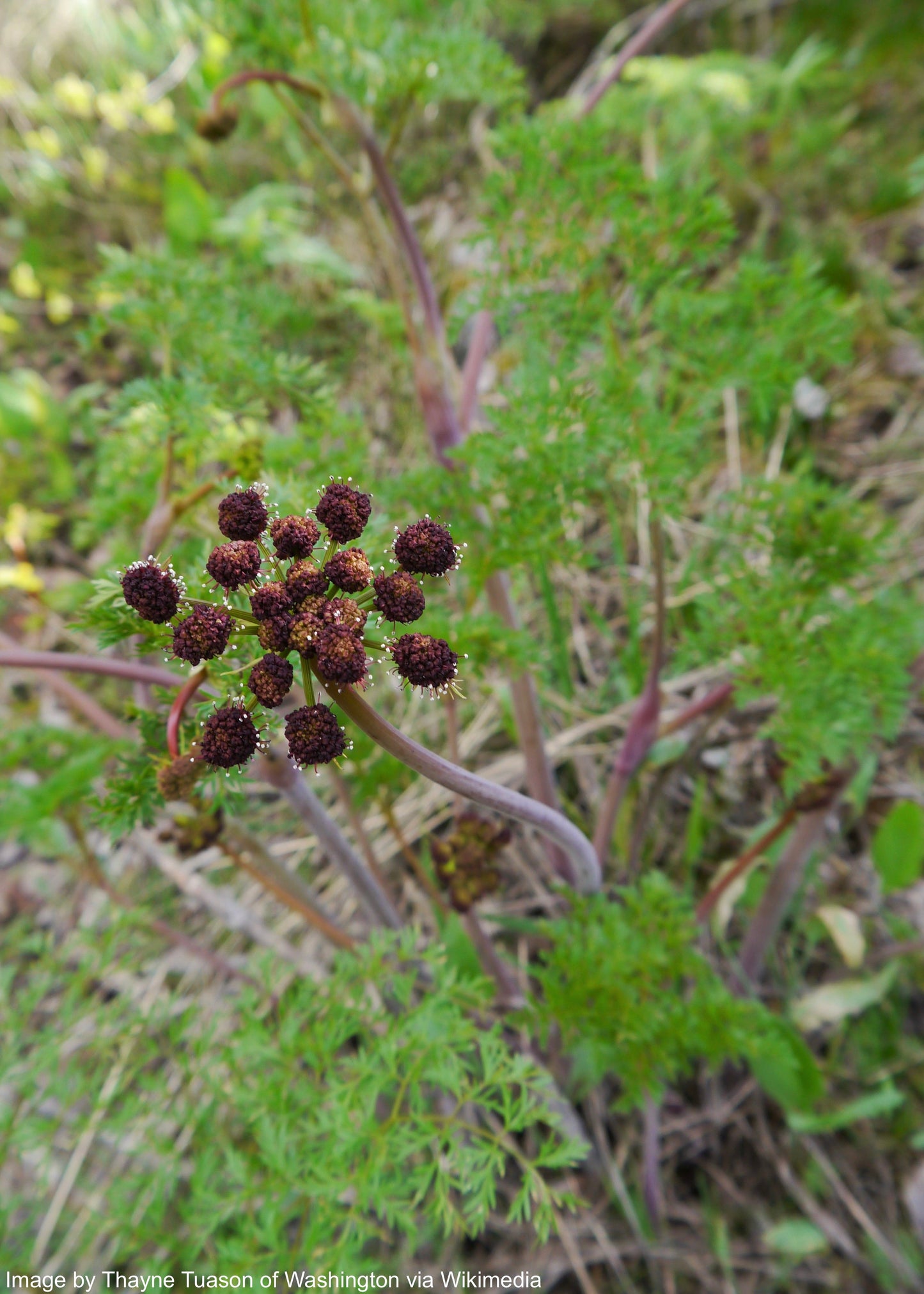Lomatium (Lomatium dissectum)
Couldn't load pickup availability
Known by the titles ‘Fernleaf Biscuitroot’ and ‘Desert Parsley,’ Lomatium is a perennial native to western North America. It is often found in high deserts, and its thick taproot allows the plant to withstand drought conditions, browsing, and wildfire. The first part of this plant’s name, ‘loma,’ is Greek for ‘border,’ and refers to the small wings of Lomatium’s fruit.
Indigenous people have been using Lomatium for centuries for common ailments, and particularly for relief of skin irritation, stomach and respiratory issues. Indigenous tribes in the American Southwest used the root of Lomatium during the 1917 Spanish Influenza, as it was also shown to be useful for its antiviral properties. The Okanagon, Shuswap, Nlaka’pamux, and Lilloet people used Biscuitroot as a food crop, both raw, cooked, and dried. However, there is not much current research determining the safety or edible nature of this plant. Bees, particularly mining bees, are pollinators especially attracted to Lomatium.









